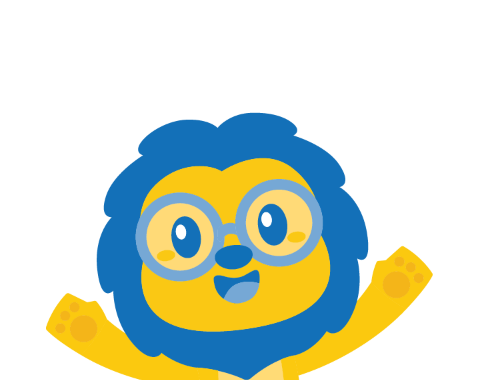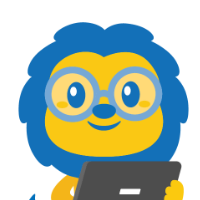HOW TO USE 들
In the Korean language, words can be made plural by adding a specific particle. Let’s see how to use 들.
There are many particles used in the Korean language, you can learn them all in our Korean Grammar Bank here.
This is a short and easy lesson for your to learn, save this page for future reference!

MAKING WORDS PLURAL WITH 들
Making plurals in Korean is straightforward – you simply add ‘들’ next to the singular noun.
As in English, the nouns in Korean can be categorised as ‘countable’ and ‘uncountable,’ and it is possible to make plurals of only the ‘countable’ nouns.
NOTE || The Korean verb conjugation does not change depending on whether the subject noun is singular or plural!
PATTERN
Noun + 들
One thing to keep in mind is that by adding ‘들’, you will need to change the subject particle if the subject ends with a vowel.
Here are some examples:
| ENGLISH | KOREAN |
|---|---|
| A child is playing in the garden > Children are playing in the garden. |
아이가 정원에서 놀고 있어요.
> 아이들이 정원에서 놀고 있어요. |
| There is a car on the street > There are many cars on the street. |
도로에 차가 있어요.
> 도로에 차들이 많아요. |
PLURAL ARE OFTEN NOT NECESSARY
In Korean, it is often more natural to keep the singular form of the noun even when the subject is plural.
This is when the noun is described by another word that clearly indicate that the noun is plural.
Here are some examples:
| ENGLISH | KOREAN | NOTES |
|---|---|---|
| I have three children. | 나는 세명의 아이가 있어요. | ‘세명의’ already indicates that there is more than one child, so no need to add ‘들’ after ‘아이’ |
| Bring the two bags. | 가방 두개 가지고 오세요. | ‘두개’ already indicates that there is more than one bag, so no need to add ‘들’ after ‘가방’ |
| There are many people in the market. | 시장에 사람이 많아요. | ‘많아요’ already indicates that there is more than one person, so no need to add ‘들’ after ‘사람’ |
UNCOUNTABLE NOUNS IN KOREAN
Here are some examples of uncountable nouns in Korean.
Most of these words are also uncountable in English, so it is easy to understand!
| KOREAN | ENGLISH |
|---|---|
| 돈 | Money |
| 물 | Water |
| 하늘 | Sky |
| 공기 | Air |
| 음식 | Food |
| 우유 | Milk |
| 꿀 | Honey |

Learn Korean with FlexiClasses
Book online classes with the best teachers in the industry.
FAQs
What is the plural particle in Korean?
The plural particle in Korean is 들.
Making plurals in Korean is straightforward – you simply add ‘들’ next to the singular noun.
As in English, the nouns in Korean can be categorised as ‘countable’ and ‘uncountable,’ and it is possible to make plurals of only the ‘countable’ nouns.
NOTE || The Korean verb conjugation does not change depending on whether the subject noun is singular or plural!
Noun + 들
Examples:
A child is playing in the garden: 아이가 정원에서 놀고 있어요.
Children are playing in the garden: 아이들이 정원에서 놀고 있어요.
Is Korean SOV or SVO?
Korean is a SOV language, meaning the basic structure is:
Subject + Object + Verb
Japanese, Mongolian and Turkish are also SOV languages for example.
English is a SVO language: subject + verb + object
—
Learn more about Korean sentence structure here.
What is the topic particle in Korean?
The Korean topic particle is 은/는.
-은 is used when the word ends with a consonant
-는 is used when the word ends with a vowel.
—
Learn how to use the Korean topic particle here.
What is the possessive particle in Korean?
The possessive particle in Korean is 의.
“의” can be translated to “of” or “apostrophe s” in English.
It is used to show possession or to indicate a relationship between two nouns.
—
Learn more about how to use 의 here.
Where to get more free Korean lessons?
You can get more free Korean lessons on our Korean Grammar Bank.
We regularly add more lessons, so make sure to bookmark this page and come back to see what’s new.
Can I learn Korean with LTL Language School?
Yes!
Learn Korean with a professional live teacher online on Flexi Classes, or in person in Seoul (group and individual classes available).
Feel free to contact us if you need to speak directly with a LTL Student Advisor.

 Hi, my name is Manuel! I am from Spain and I am a Student Advisor at LTL. Fancy coming to study with us? Drop me a message.
Hi, my name is Manuel! I am from Spain and I am a Student Advisor at LTL. Fancy coming to study with us? Drop me a message. Hi, my name is Mojca! I am from Slovenia in Europe and I work as a student advisor at our Shanghai school.
Hi, my name is Mojca! I am from Slovenia in Europe and I work as a student advisor at our Shanghai school.